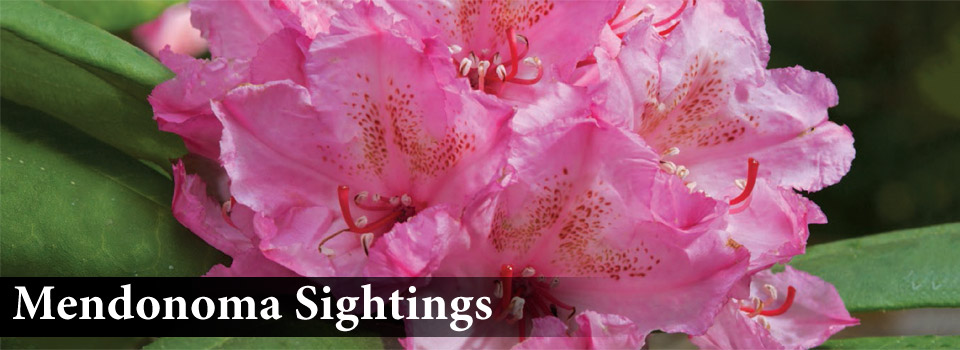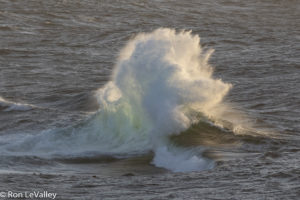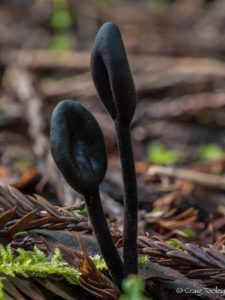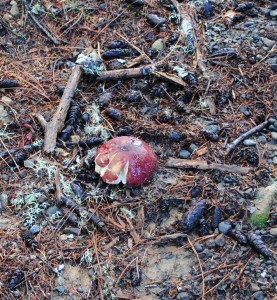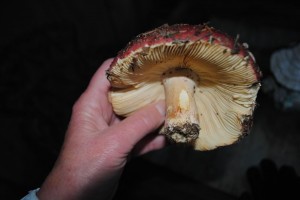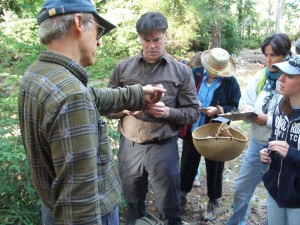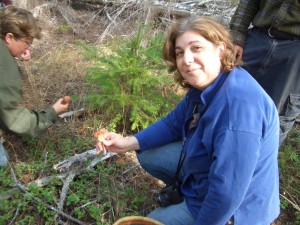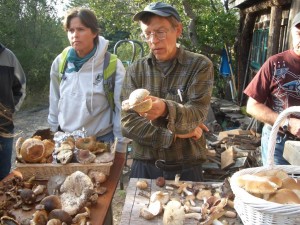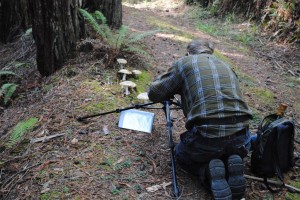The Pacific Ocean has become more active, presumably from storms to our north. It's fun to hear the ocean speaking louder with its crashing waves. Ron LeValley recently photographed a beautiful wave.
The rain we had several weeks ago has coaxed the first Boletus edulis, King Boletes, to make a welcome appearance. These first ones are being found closer to the bluffs, where fog has contributed to their appearance. Lisa Cracknell found a nice group of them!
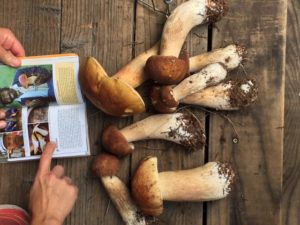 Lisa is holding David Arora's wonderful pocketbook entitled "All That the Rain Promises and More." My copy is well-used - it's the go-to book when out in the forest. David's more comprehensive book is titled "Mushrooms Demystified." I highly recommend them. If you need a copy or either one, please consider purchasing them at the Four-eyed Frog Bookstore in Gualala. https://www.foureyedfrog.com/
Lisa is holding David Arora's wonderful pocketbook entitled "All That the Rain Promises and More." My copy is well-used - it's the go-to book when out in the forest. David's more comprehensive book is titled "Mushrooms Demystified." I highly recommend them. If you need a copy or either one, please consider purchasing them at the Four-eyed Frog Bookstore in Gualala. https://www.foureyedfrog.com/
Thanks to Ron and to Lisa for allowing me to share their photos with you here. To see much more of Ron's nature photography, here is the link to his website: http://levalleyphoto.com/home/
